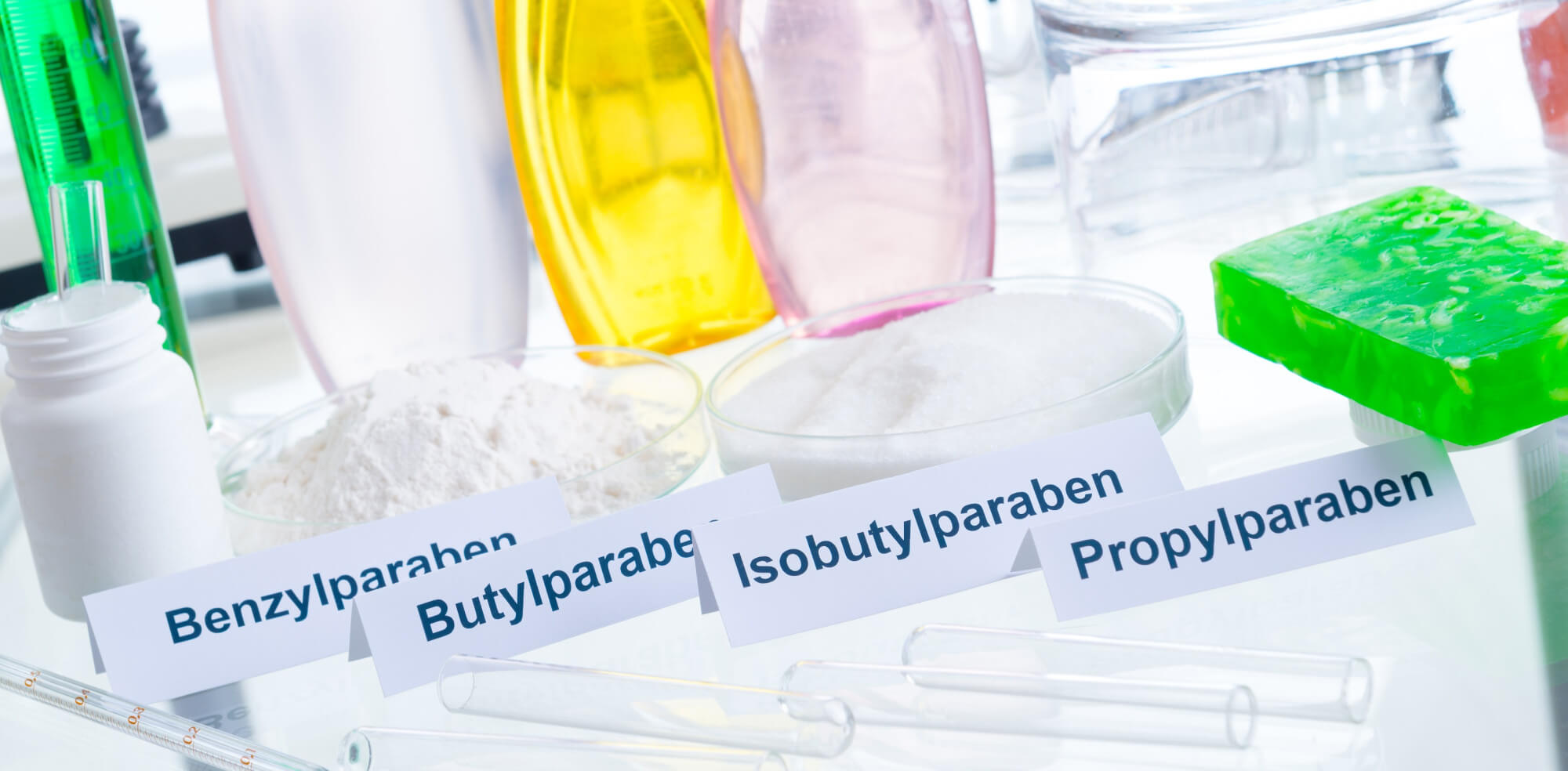An in-depth exploration of parabens, their presence in cosmetics and the ongoing debate over potential health risks

This blog is about parabens
Parabens are a group of synthetic preservatives that have been used in cosmetic and personal care products for decades. They are added to products such as lotions, shampoos, deodorants and makeup to extend shelf life and prevent bacterial growth. In this journal, we will take a closer look at parabens, discuss their function in cosmetics and explore ongoing concerns about their potential health risks.
The function of parabens in cosmetics
Parabens serve as effective preservatives and play a crucial role in preventing microbial contamination in cosmetic products. By keeping bacteria and fungi at bay, they help make products last longer and protect consumers from potential infections.
Concerns about potential health risks
Although parabens play a useful role in the cosmetics industry, growing concerns have been raised about the potential health risks they may pose:
- Skin irritation: Some people experience skin irritation and allergic reactions as a result of using cosmetics containing parabens, leading to redness, itching and rashes.
- Endocrine-disrupting properties: Parabens are considered endocrine disruptors because they tend to resemble estrogen. Concerns have been raised about the potential impact on the endocrine system with long-term exposure.
- Accumulation in the body: Parabens can accumulate in the body with regular use of cosmetic products, and some studies have found traces of parabens in tissues and urine.
- Environmental impact: Parabens can enter the environment after use and have potentially harmful effects on aquatic ecosystems.
Regulations and conscious choices
To address concerns about potential health risks, some countries and regions have imposed restrictions on the use of certain parabens in cosmetics. Manufacturers are also responding to the demand for paraben-free products by developing alternative preservatives. Consumers are encouraged to make conscious choices when selecting cosmetics and personal care products. Reading ingredient lists, choosing products with a "paraben-free" label and being aware of individual sensitivities are some steps that can be taken.
This blog highlights the ongoing debate about parabens in cosmetics, their function and potential health risks. As science and regulations evolve, it remains important for consumers to make informed decisions and choose products that align with their personal preferences and concerns.